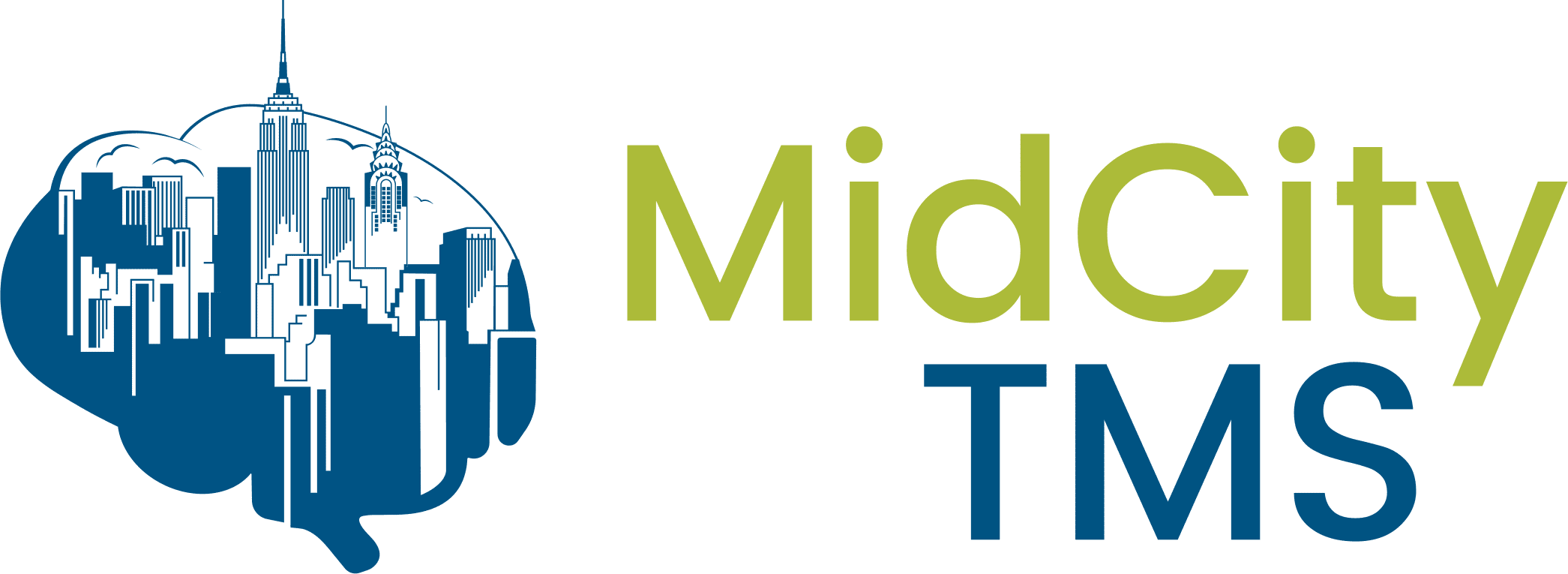For several decades, transcranial magnetic stimulation has brought new hope to treatment-resistant patients suffering from Depression. It is a non-invasive brain stimulation that improves the mood and quality of life by revealing quantifiable changes in those patients whose response to antidepressant have been insufficient. However, how does TMS treatment work? Unveiling the detailed mechanisms behind its therapeutic effects is an active investigation area within neuroscience.
Demystifying TMS: A Targeted Approach to Brain Stimulation
TMS works by delivering brief, focused magnetic pulses to specific regions of the brain. These magnetic fields penetrate the scalp and skull, inducing electrical currents within the targeted brain tissue.
Functional Connectivity: Bridging the Gaps in Communication
The human brain is a complex network of interconnected neurons. These neurons communicate with each other through electrical impulses, forming intricate circuits that govern our thoughts, emotions, and behaviors. In individuals with Depression, these neural circuits are dysfunctional, characterized by weakened connections between brain regions involved in mood regulation.
Functional connectivity refers to the strength and efficiency of communication between different brain areas. Research suggests that Depression disrupts functional connectivity, especially within the prefrontal cortex (PFC), a crucial region associated with mood regulation, executive functioning, and decision-making.
TMS and Neuroplasticity: Remodeling the Brain’s Wiring
Neuroplasticity is the brain’s remarkable ability to adapt and change throughout life. This adaptability allows the brain to learn new skills, form new memories, and even reorganize itself in response to injury or experience.
How does TMS work in relation to neuroplasticity? Emerging research suggests that TMS can promote neuroplasticity, strengthening weakened connections potentially fostering the formation of new neural pathways, normalizing pathological network interactions, and enhancing communication within the neural circuits implicated in mood regulation.
Beyond the Headlines: Ongoing Research and Individualized Treatment
While the research on TMS and its impact on functional connectivity is promising, it’s important to acknowledge that this field is still evolving. More extensive research will be helpful to identify optimal treatment protocols for different patient populations.
How TMS works for each individual can also vary. TMS is not a one-size-fits-all treatment, and the specific effects may depend on factors such as the location of stimulation, the frequency and intensity of pulses delivered, and the underlying cause of Depression. A qualified healthcare professional can determine if TMS is a suitable treatment option and create a personalized treatment plan to maximize its effectiveness.
Exploring TMS as a Treatment Option: Considerations and Next Steps
If you’re struggling with Depression and haven’t found adequate relief with treatments such as antidepressant medications, TMS may be a viable option to consider. Here are some key points to keep in mind:
- TMS is a non-invasive procedure with minimal side effects, typically limited to mild scalp discomfort or headaches. These side effects are usually temporary and well-tolerated.
- TMS treatment typically involves five day a week sessions for 7-8 weeks, and the duration of treatment typically lasts 3-20 minutes each.
Consulting with a qualified healthcare professional is the first step to exploring whether TMS can offer a path towards improved mood and a better quality of life. At Mid City TMS, our team of experienced specialists is dedicated to providing comprehensive TMS therapy in a compassionate and supportive environment. We offer personalized treatment plans tailored to your unique needs, and our team will closely monitor your progress throughout your TMS journey. Contact Mid City TMS today to schedule a consultation and learn more about how TMS can help you manage your Depression and reclaim your life.



